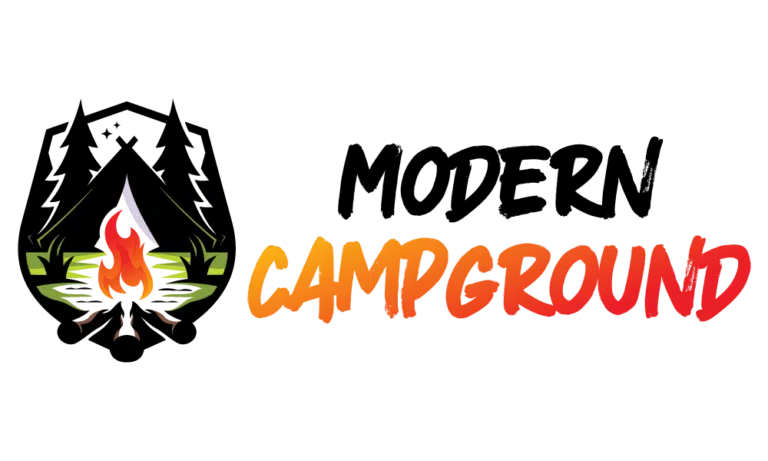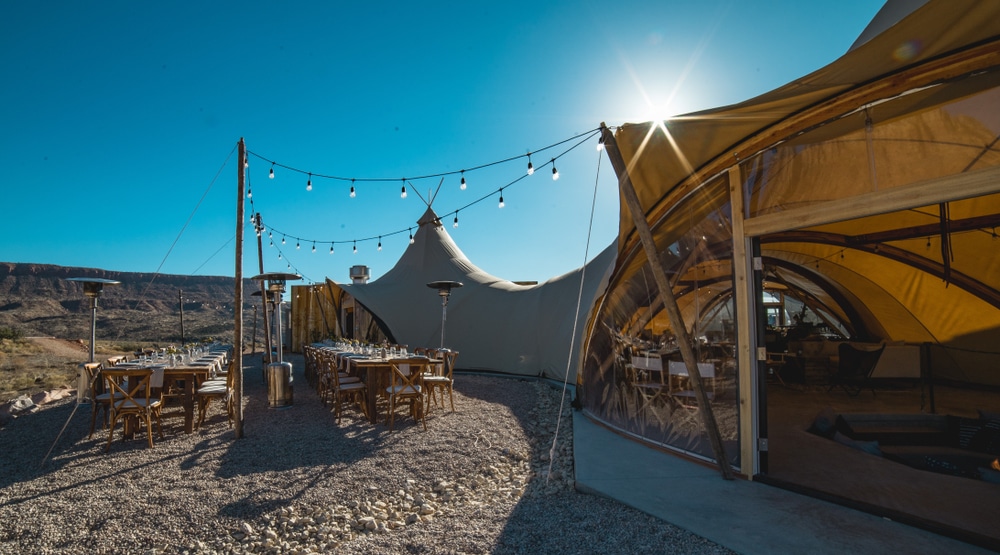Glamping, an indulgent combination of glamour and camping, has been on a steady upward trajectory, despite commanding prices that often surpass those of high-end hotels.
This burgeoning trend, often seen as a contradiction to traditional budget camping, offers plush amenities, from comfortable pillows in the tents to private bathrooms, even going as far as including heated running water, fast Wi-Fi, and pre-pitched tents with the campfire already started.
According to a 2021 visitor spending report by the Department of the Interior, visitors to U.S. national parks spent an average of $351 per day per group on traditional lodging options such as hotels or bed-and-breakfast establishments.
On the other hand, those who opted to camp spent only $149, which translates to a 58% cost savings. However, it’s worth noting that glamping, which involves more luxurious camping accommodations, may not necessarily result in cost savings.
A night at Under Canvas Zion, situated near Utah’s Zion National Park, can set you back at least $650 after taxes and resort fees, reaching nearly $850 for a suite tent that is more family-friendly. Yet, despite these lofty prices, glamping is witnessing an unprecedented surge in popularity.
The appeal of glamping lies in its unique fusion of opulence and nature. Not only does it offer the conventional camping experience of being outdoors, but it does so with the kind of comfort typically associated with luxury hotels.
The concept has successfully managed to pull in a large swath of travelers who are willing to pay a premium for this blended experience.
This trend has not gone unnoticed by campground owners and operators in the outdoor hospitality industry.
Glamping facilities are constantly evolving, trying to provide a unique blend of comfort and adventure that keeps the customers coming back.
According to Kampgrounds of America Inc.’s (KOA) 2023 North American Camping & Outdoor Hospitality Report, the number of households choosing to glamp skyrocketed from 7.7 million in 2020 to an estimated 10.5 million in 2022.
While some campground owners may feel threatened by this shift in consumer preference, glamping offers an opportunity for innovation and growth. Higher glamping prices can translate into better profit margins for operators willing to upgrade their amenities and services to meet the glamping standard.
Additionally, the high cost of glamping hasn’t deterred customers. In 2022, glampers were found to have spent approximately 18% ($61) more than traditional campers, and about 3% ($12) more than regular hotel guests, according to a KOA survey.
The rise of glamping signifies a dramatic shift in the camping industry as a whole.
With glamping, campground owners have the opportunity to provide a unique experience that appeals to both nature enthusiasts and comfort seekers.
As glamping continues to redefine the traditional camping experience, operators who adapt could find themselves at the forefront of a rapidly expanding and profitable sector.


